10 Best Herbal Mucillages For Insect Bites
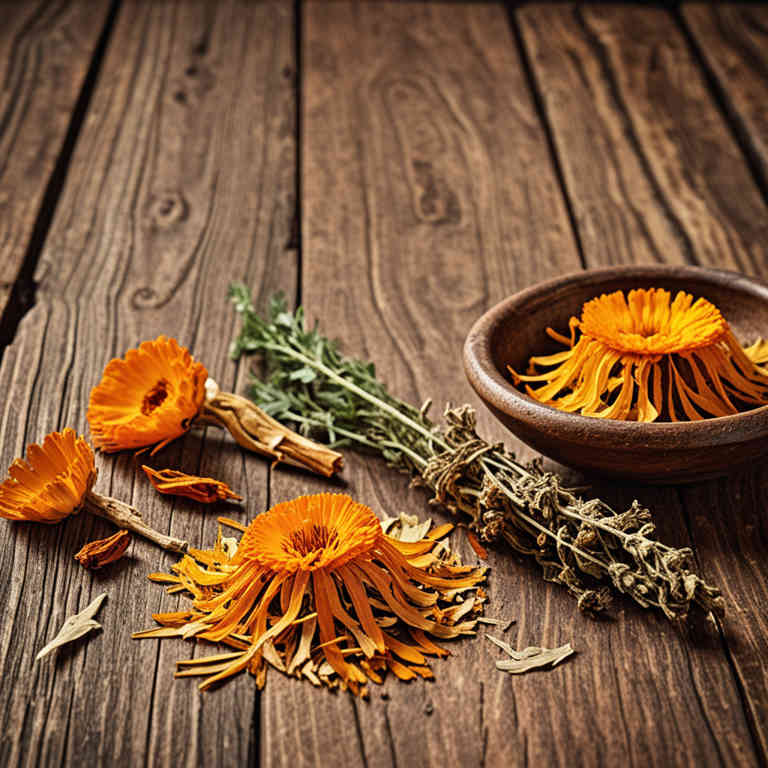
Herbal mucillages, which are thick, gel-like substances derived from certain plants, have been traditionally used to soothe insect bites due to their anti-inflammatory and cooling properties.
These natural substances can help reduce swelling, redness, and itching caused by insect bites by forming a protective barrier on the skin. Common sources of mucillages include plants like aloe vera, marshmallow root, and flaxseed, which are known for their soothing and hydrating effects. Applying a mucilage-based remedy can provide immediate relief and promote faster healing of the affected area.
Due to their gentle nature, herbal mucillages are often considered a safe alternative for individuals seeking natural treatments for insect bite discomfort.
FREE Herb Drying Checklist
How to make sure every batch retains maximum flavor, color, and aroma without the risk of mold or over-drying. Eliminate guesswork and trial-and-error, making herb drying faster, easier, and more efficient every time.
Table of Contents
1. Calendula officinalis

Calendula officinalis, commonly known as pot marigold, contains herbal mucillages that are known for their soothing and protective properties.
These mucillages form a protective film over the skin, helping to reduce irritation and inflammation caused by insect bites. The anti-inflammatory and antimicrobial properties of calendula mucillages can aid in preventing infection and promoting healing. When applied topically, these mucillages can provide relief from itching and redness associated with bites.
Calendula-based products are often recommended as a natural remedy for those seeking relief from the discomfort of insect bites without the use of harsh chemicals.
2. Chamomilla recutita
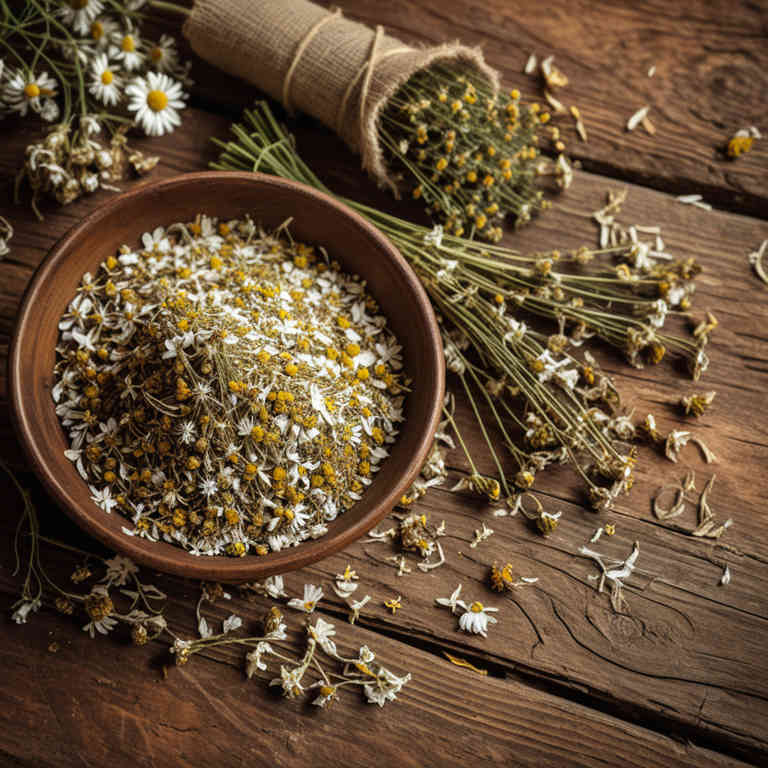
Chamomilla recutita, commonly known as German chamomile, contains mucillages that have been traditionally used for their soothing and anti-inflammatory properties.
These mucillages form a protective layer over the skin, helping to reduce irritation and redness caused by insect bites. The anti-inflammatory compounds in chamomile mucillages can help alleviate swelling and itching, providing relief from the discomfort of bites. Additionally, the calming effect of chamomile may help ease the psychological stress associated with insect bites.
While not a substitute for medical treatment in severe cases, chamomilla recutita mucillages can be a natural and effective remedy for minor insect bite symptoms.
3. Aloe barbadensis
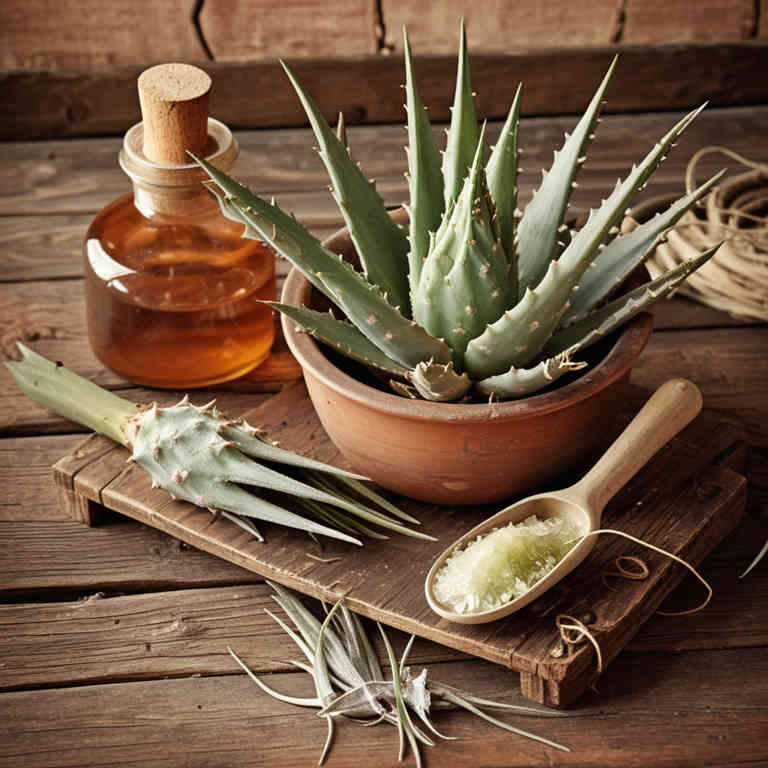
Aloe barbadensis, commonly known as aloe vera, contains natural mucillages that have been widely used for their soothing and healing properties.
These mucillages form a protective barrier on the skin, helping to reduce irritation and inflammation caused by insect bites. The gel-like substance is rich in polysaccharides, which have anti-inflammatory and antimicrobial effects, promoting faster recovery of the affected area. When applied topically, aloe mucillages can alleviate itching and redness, providing relief from the discomfort of insect bites.
Its gentle and non-irritating nature makes it a safe and effective remedy for sensitive skin.
4. Urtica dioica

Urtica dioica, commonly known as stinging nettle, contains natural mucillages that have been traditionally used for their soothing and healing properties.
These mucillages form a protective layer over the skin, helping to reduce irritation and inflammation caused by insect bites. The gel-like substance has a cooling effect, which can provide immediate relief from itching and redness. Additionally, the mucillages may help to prevent infection by creating a barrier against bacteria.
While not a substitute for medical treatment, urtica dioica mucillages can be a natural and effective complementary remedy for minor insect bite symptoms.
5. Hypericum perforatum
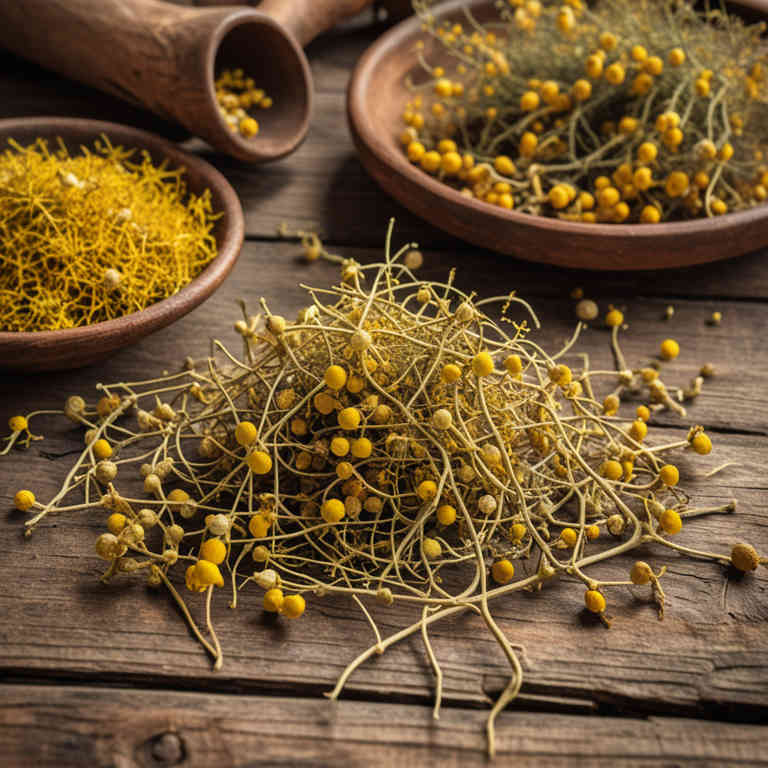
Hypericum perforatum, commonly known as St. John's Wort, contains mucillages that have been explored for their potential benefits in treating insect bites.
These mucillages, which are gel-like substances, possess soothing and anti-inflammatory properties that may help alleviate the discomfort and irritation associated with insect bites. When applied topically, the mucillages can form a protective barrier over the affected area, reducing the risk of infection and promoting healing. Some studies suggest that the anti-inflammatory compounds in hypericum mucillages may help reduce redness and swelling caused by allergic reactions to insect bites.
While more research is needed, preliminary evidence indicates that hypericum perforatum mucillages could be a natural alternative for managing the symptoms of insect bites.
6. Echinacea purpurea
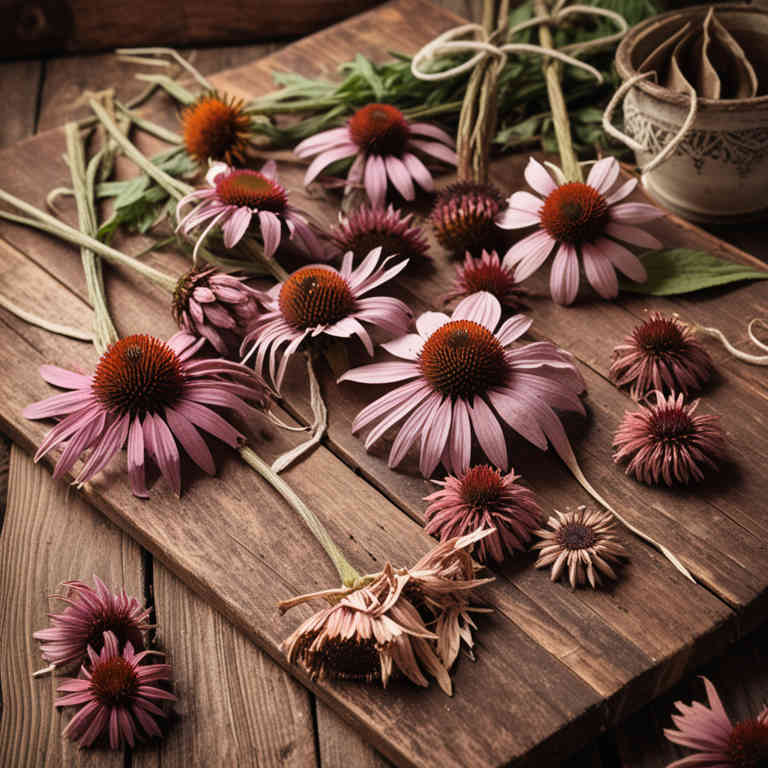
Echinacea purpurea, commonly known as purple coneflower, contains mucilages that have been traditionally used for their soothing and protective properties.
These mucilages are thick, gel-like substances that form when the plant's tissues are exposed to water, and they are rich in polysaccharides and other bioactive compounds. When applied topically, echinacea mucilages can help reduce inflammation and irritation caused by insect bites by creating a barrier that protects the skin from further irritation. They also have mild antimicrobial properties that may help prevent infection in bite wounds.
While not a substitute for medical treatment in severe cases, echinacea mucilages can be a natural and gentle option for alleviating the discomfort of minor insect bites.
7. Plantago lanceolata
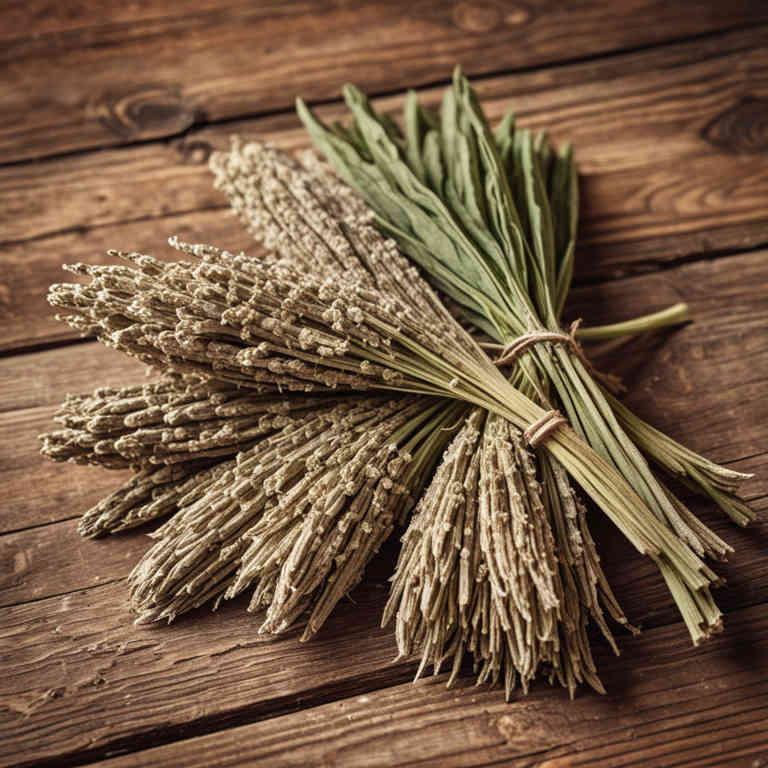
Plantago lanceolata, commonly known as narrowleaf plantain, contains mucilaginous properties that have been traditionally used to soothe insect bites.
The mucilage, a thick, gel-like substance, helps to reduce inflammation and irritation caused by the bite. When applied topically, it forms a protective barrier over the affected skin, promoting healing and easing discomfort. This herbal remedy is valued for its natural anti-inflammatory and antimicrobial benefits.
Its use for insect bites highlights the potential of traditional herbal medicine in addressing common skin irritations.
8. Sutherlandia frutescens
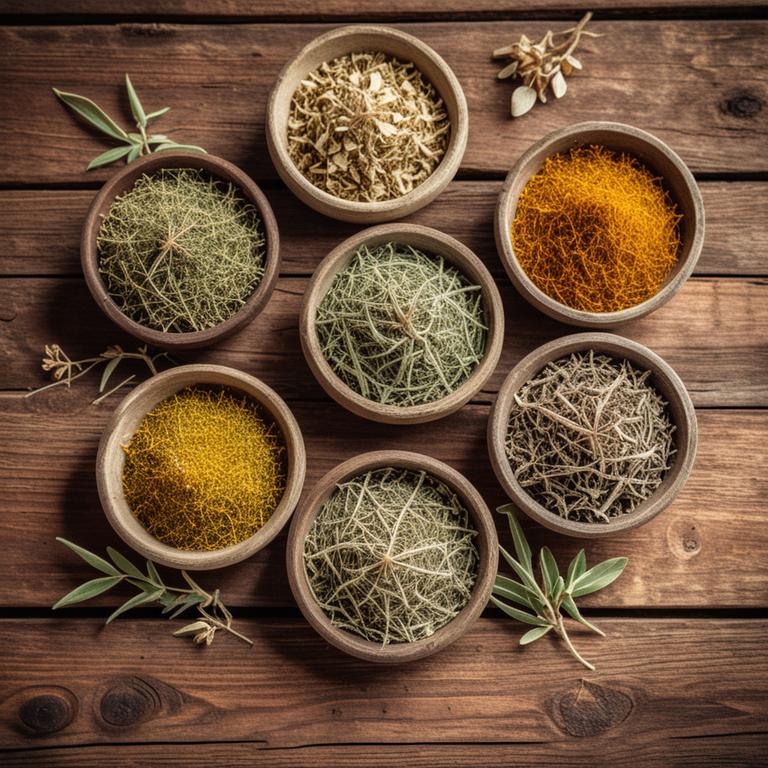
Sutherlandia frutescens, also known as the "cancer bush," contains mucilaginous properties that have been explored for their potential benefits in soothing insect bites.
The mucilage, a thick, sticky substance produced by the plant, acts as a natural emollient and may help to reduce inflammation and irritation caused by insect bites. When applied topically, the mucilage can create a protective barrier on the skin, preventing further irritation and promoting healing. While scientific research on its specific efficacy for insect bites is limited, traditional herbal use suggests it may provide relief from itching and redness.
As with any herbal remedy, it is advisable to consult a healthcare professional before use, especially for individuals with known allergies or sensitivities.
9. Lavandula angustifolia

Lavandula angustifolia, commonly known as English lavender, contains herbal mucillages that have been traditionally used for their soothing and anti-inflammatory properties.
These mucillages, which are gel-like substances found in the plant, can help to reduce irritation and swelling associated with insect bites. When applied topically, they create a protective barrier that may prevent further irritation and promote healing. The calming aroma of lavender also has a soothing effect on the skin and can help alleviate discomfort.
Overall, lavender mucillages offer a natural and effective remedy for managing the symptoms of insect bites.
10. Symphytum officinale
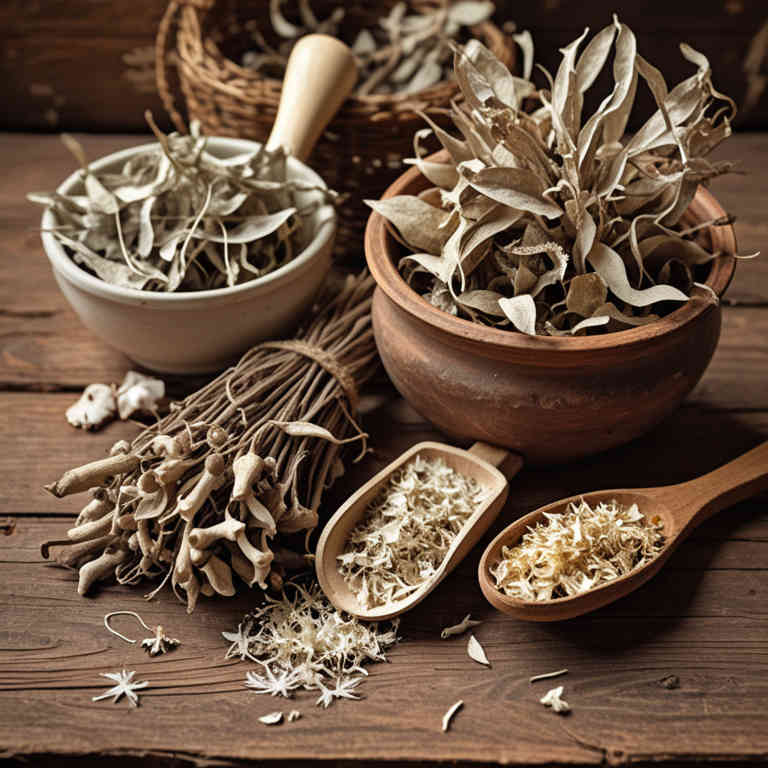
Symphytum officinale, commonly known as comfrey, contains mucillages that have been traditionally used to soothe insect bites due to their anti-inflammatory and healing properties.
These mucillages form a protective layer over the skin, helping to reduce irritation and redness caused by bites. While comfrey is not typically recommended for direct application on open wounds, its mucilage can be used in the form of poultices or topical preparations to ease discomfort. The soothing effects of the mucilage may also help to prevent infection by promoting skin repair.
However, it is important to use comfrey cautiously, as some forms of the plant contain pyrrolizidine alkaloids that can be toxic if ingested or used over long periods.